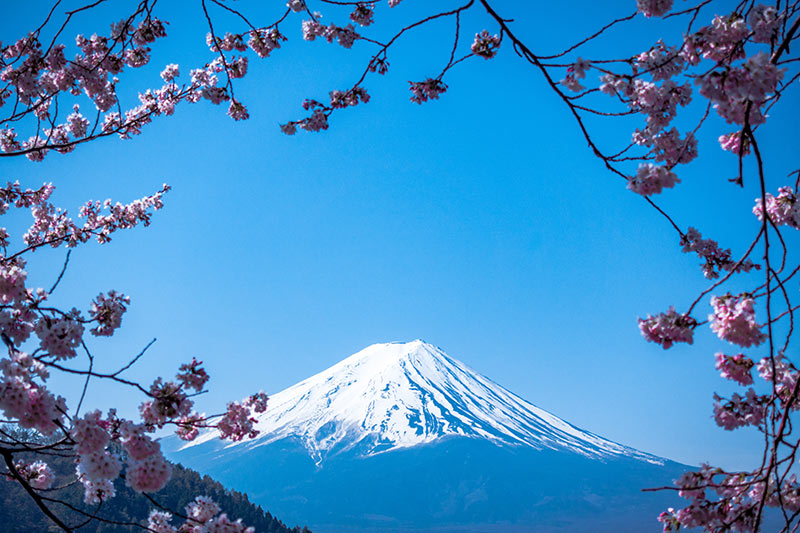|
Since the social isolation started three weeks ago, I have observed my own survival parts activating as my autonomy and freedom is limited and I am physically isolated from those I love and care about. For many of us this stimulates our early trauma emotions which switches quickly to survival behaviour. I noticed this morning a sadness from grief: I could feel that sadness and loss, but I was also aware of a potential shift into survival self-pity. Could I just allow the sadness to come and then go?
We will all have seen our own survival responses and those in the communities we are part of. Our rush to judgement, maybe, at those not ‘abiding by the rules’; being bad tempered and easily offended; being in ‘survival manager’, a form of control; denial; numbness, drinking more; or falling into a ‘victim attitude’. Some people might have become addicted to social media or the news in an attempt to manage their fear, when often it does the opposite. At the same time, there have been many examples of generosity of spirit, kindness and compassion and creative endeavour which come from a healthier place. For some, the enforced situation is bringing positive experiences of connection and slowing down. Families and work colleagues have found different ways to stay connected and look out for each other. Some people might experience the trauma response of freeze and fragment in the ‘here and now’, particularly those who are critically ill. For most of us though, it is likely to bring re-traumatisation. The level of this will vary, depending on our current circumstance and our history. Our response is due to the level of actual risk to life (as perceived by our neuro-physiology) in the present plus that which is triggered from the ‘there and then’. I have been thinking about the healthy self, how important it is that we are able to invoke that part within ourselves and how challenging that can be in stress-inducing circumstances. I was asked at one of the Masterclasses to say more about the healthy self, and I realised that I had been talking about it as an intellectual idea rather than an embodied sense of, and connection with, ourselves. When we are in our ‘healthy self’ we have reduced our stress and anxiety levels, and through so doing we can find a place of safety within. Many of us have anxiety levels set at a high ‘normal’ rather than one which is congruent with feeling safe. The healthy self is a place of grounded connection with our inner experience, where the data from our body can be accessed and processed by our frontal lobes, and where the responses of the ‘reptilian brain’ of fight, flight or freeze are not needed. Of course, these responses are vital when we are in actual, immediate danger. However, when they are constantly being reactivated by retraumatisation rather than the ‘here and now’ they drive survival behaviour, which is not about living but surviving. They are also damaging to our immune system, so at this particular time are very unhelpful to our protection. This connection with the healthy self , via self-regulation, needs regular practise using techniques or processes which bring us into that state of calm connection with ourself. We are so used to flipping from trauma pain into survival responses that we need to practise being able to connect with a different part of ourselves that can bear and process the pain. When we are in a calm, grounded state we can sue the reflective capacity of the human brain to enquire into our felt experience. Having ‘a practice’ to develop this ability, means using deep breathing techniques, mindfulness, meditation, listening to music, reflective journaling and similar approaches to calming the anxiety and connecting with an internal sense of safety. Any approach we use needs to result in a connection with our body and our internal experience, and to shut down the ongoing chatter in our brain. In our healthy self we can be aware of what we are feeling, for example my sadness this morning, and allow it to exist. We don’t need to push it away or block it out with activity or distraction. We can welcome it and allow it to go when we have acknowledged it. We can feel into our body, and explore which parts feel strong and which parts feel more vulnerable? We can note those without taking action. Some might then make an image that captures this experience or comes to us as we breathe deeply. We can reflectively explore that image to arrive at some understanding of what is going on for us. Some approaches may be more difficult at this time, for example, contemplative walking or spending a lot of time in nature. However, rather than become angry or turn to a ‘victim-attitude’, we can find other approaches or ways to get a similar experience. We are resourceful, we can find ways and practise them regularly during during each day to practise self-regulation and connection with the healthy self. We don’t need to spend a lot of time but enough to build up our ability to reconnect with ourselves in this strange and demanding time. As coaches, if we can do this, we can also be more available to our clients and help them find that place of inner safety too. Julia Vaughan Smith
0 Comments
Your comment will be posted after it is approved.
Leave a Reply. |
News blogArchives
May 2024
Access Octomono Masonry Settings
|
